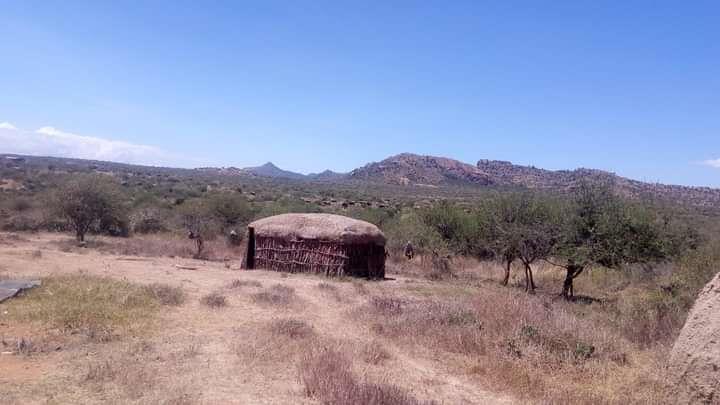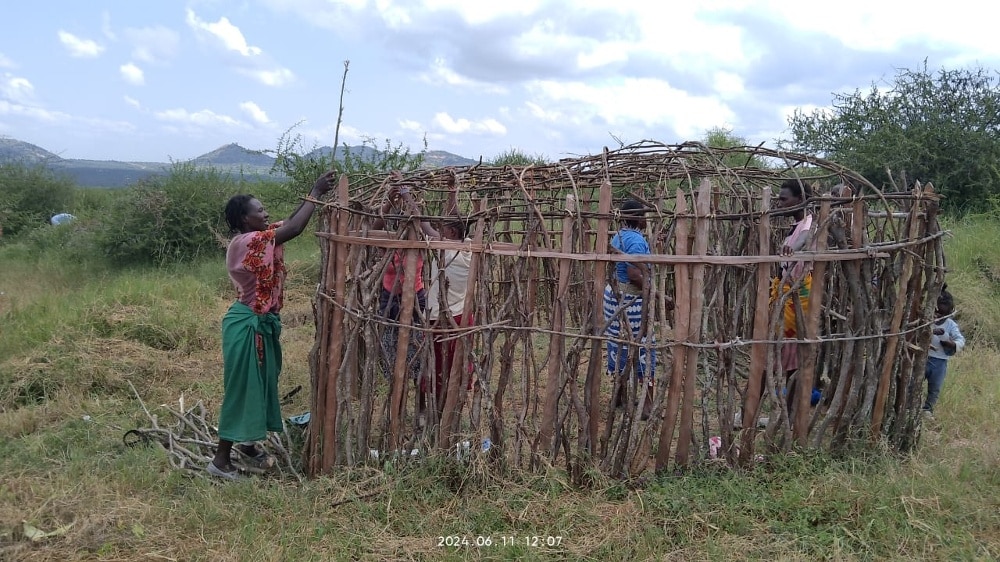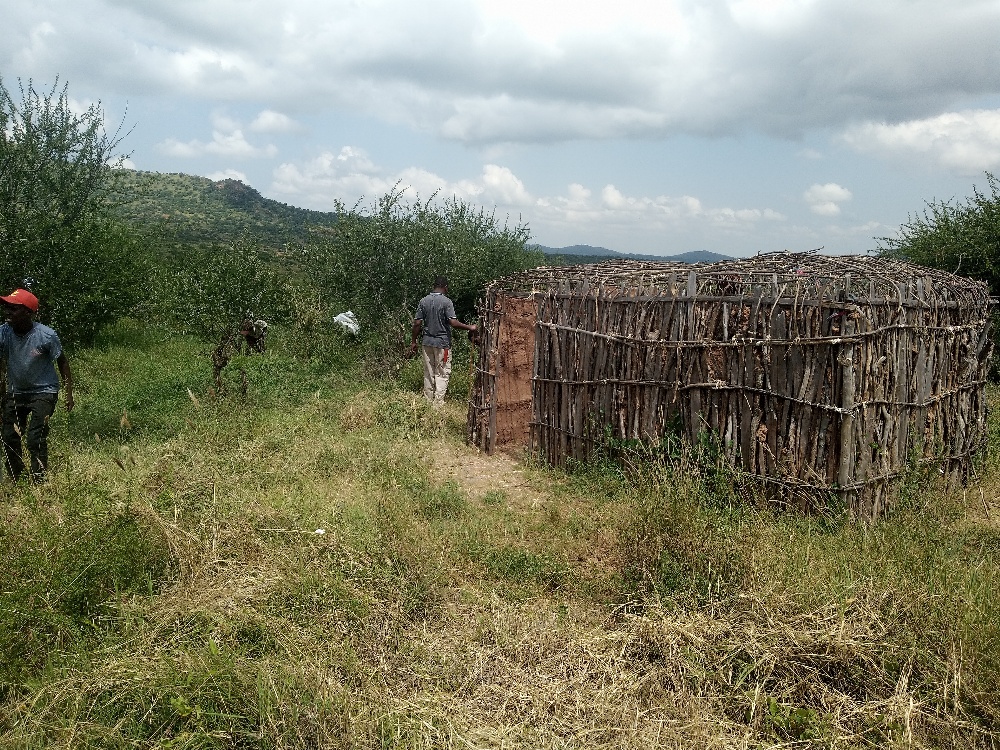In the heart of the Nareto Conservancy, a group of remarkable women have come together to preserve the rich cultural heritage of their community while also creating new economic opportunities for themselves and their families. The Nashipa Ramat Women’s Group, made up of local residents, has embarked on an ambitious project to construct a traditional Manyatta – a unique and iconic style of homestead that has been an integral part of their way of life for generations.
The Manyatta, a circular, domed structure built using natural materials, has long been a symbol of the Nareto community’s deep connection to the land and their traditional way of living. But as the region has faced the growing challenges of drought, desertification, and economic upheaval, the Manyatta and the cultural practices associated with it have been under increasing threat.

“The Manyatta is not just a physical structure – it’s a representation of our identity, our history, and our values,” says Margaret Meshami, the chairlady of the Nareto conservancy Manyatta. “It’s something that has been passed down from generation to generation, and we knew we had to do everything in our power to preserve it.”
Recognizing the potential of the Manyatta as a unique tourist attraction, the Nashipa Ramat Women’s Group set out to construct a showcase Manyatta that would not only serve as a living museum of their cultural heritage but also provide a sustainable source of income for the group’s members.
The process of building the Manyatta is a labor-intensive and highly skilled undertaking, requiring the women to draw upon their deep knowledge of traditional construction techniques and the careful selection of natural materials. Using dry native tree branches and sticks, cow dung, and dead grasses, the women meticulously craft the intricate framework and interlocking layers that give the Manyatta its distinctive shape and durability.

“It’s a true testament to the ingenuity and craftsmanship of our people,” says Namunyak, one of the women working on the project. “Every step of the process is infused with our cultural traditions and the knowledge that has been passed down through the generations.”
As the Manyatta takes shape, the Nashipa Ramat Women’s Group has also been working to develop a comprehensive tourism experience that will allow visitors to immerse themselves in the rich cultural heritage of the Nareto Conservancy. This includes the creation of guided tours, traditional dance and music performances, and the opportunity for visitors to participate in hands-on workshops, learning the techniques of Manyatta construction and other traditional crafts.
“Our goal is to not only preserve the Manyatta as a physical structure, but to also keep the stories and the traditions alive,” says the chairlady. “We want to share our culture with the world, to show them the beauty and the resilience of our way of life.”
The impact of the Nashipa Ramat Women’s Group’s efforts has been far-reaching, both within the Nareto Conservancy and beyond. The construction of the Manyatta has not only served as a source of pride and empowerment for the women involved, but it has also created new economic opportunities that are helping to sustain their families and communities.

“Before, we were largely dependent on the unpredictable cycles of agriculture and livestock,” says Namunyak. “Now, we have a reliable source of income from the tourism that the Manyatta is attracting, and that has made a huge difference in our lives.”
The Nashipa Ramat Women’s Group’s success has not gone unnoticed, with the project garnering attention and praise from local authorities, cultural organizations, and even international visitors. But for the women themselves, the true measure of their accomplishment lies in the ways in which they have been able to strengthen the bonds of their community and ensure the continued vitality of their cultural heritage.
“When we see the Manyatta standing tall, when we see the visitors marveling at its beauty and learning about our way of life, it fills us with a sense of pride and purpose,” says Margaret. “We know that we are not just building a structure – we are building a legacy, one that will continue to inspire and empower future generations.”
As the Nashipa Ramat Women’s Group looks to the future, they remain steadfast in their commitment to preserving the Manyatta and the rich cultural traditions it represents. Through their unwavering dedication and their ability to harness the power of community-driven action, these remarkable women have not only secured the future of their heritage but have also paved the way for a more sustainable and equitable future for the Nareto Conservancy as a whole.




